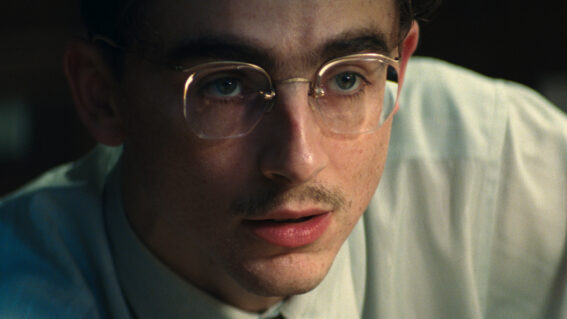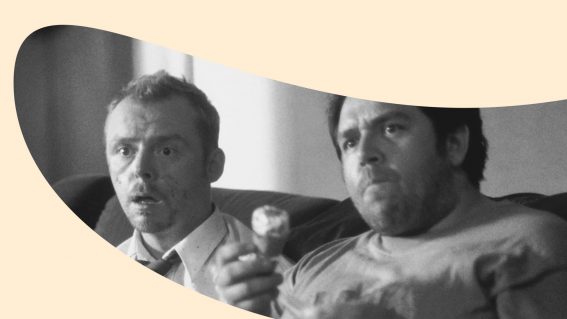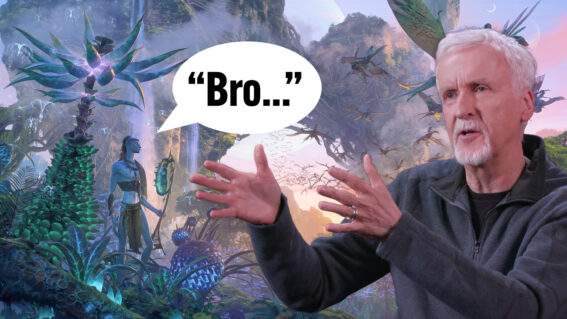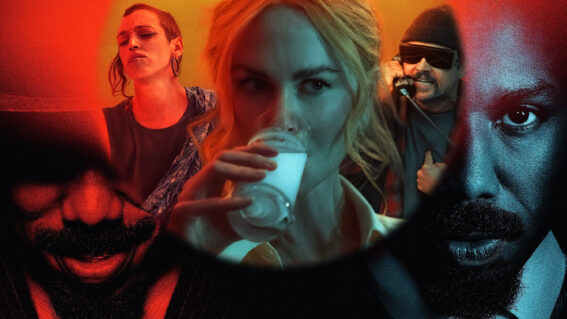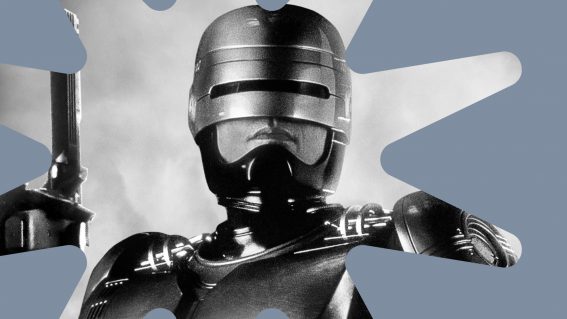Clarisse’s Show of the Week: the engrossing Andor returns Star Wars to interesting ideas
It’s been called “Star Wars without Star Wars” for a reason: this series offers a refreshingly different approach to a familiar universe.
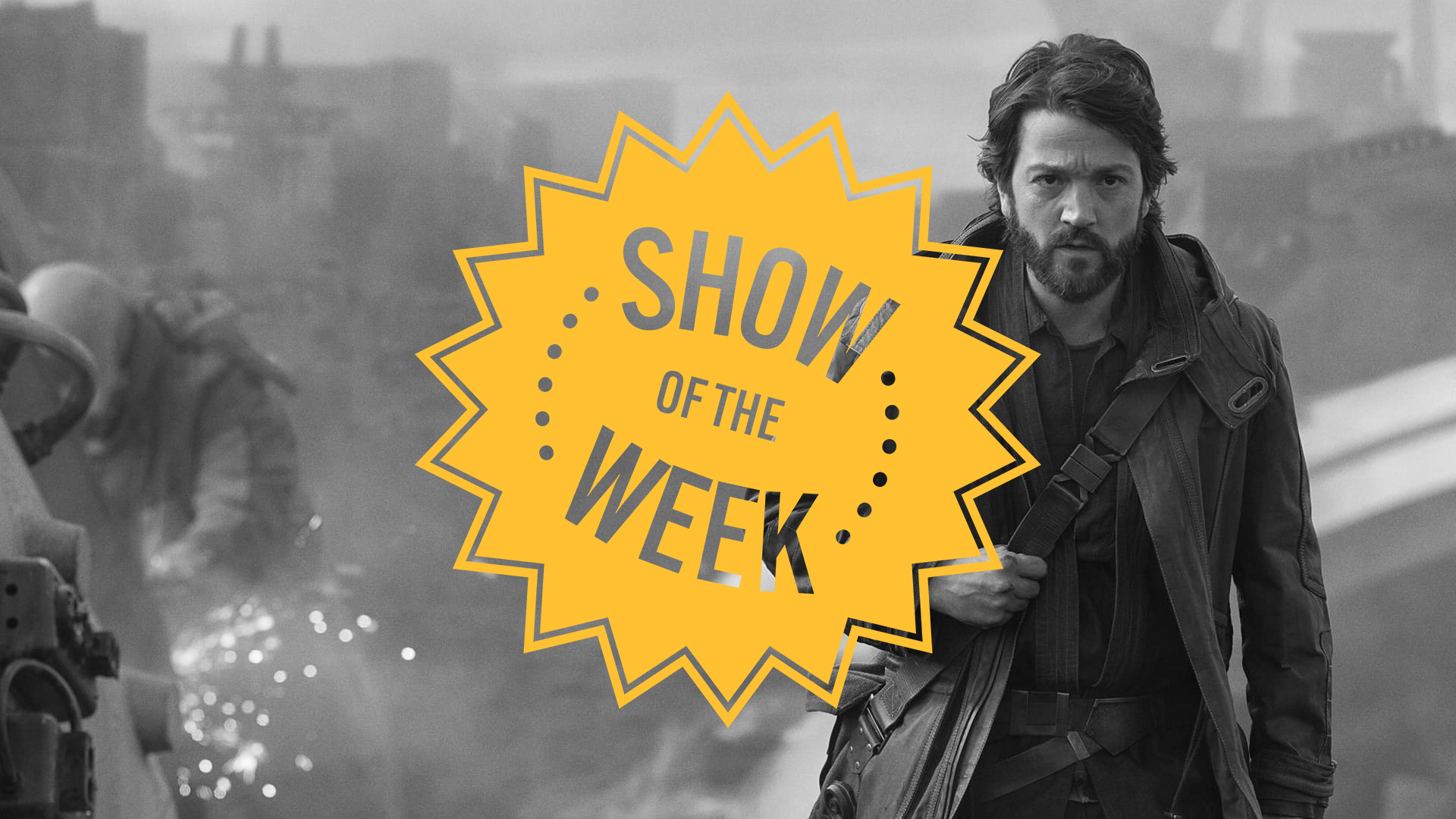
We’re all drowning in content—so it’s time to highlight the best. In her column, published every Friday, critic Clarisse Loughrey picks a great new show to watch. This week: the refreshingly different Star Wars spin-off Andor.
Andor is new. Andor is different. Andor is, as the New York Times declared, “Star Wars without the Star Wars”. The first wave of reviews for Disney+’s latest series have, almost universally, constellated around a single idea. As Paul Bradshaw wrote, in NME, the series is “something genuinely different that pushes the edges of the galaxy far, far away from its origins”. At this point, we’re fairly used to this refrain in franchise filmmaking—anyone who veers, in the mildest of ways, from the pre-ordained formula is immediately heralded a visionary. When every day is cloudy, even the thinnest sliver of sunlight feels like a kiss of fire.
But the praise is far more understandable when it comes to Andor, even if I’d actually disagree with the premise. Andor isn’t really a departure for Star Wars—it’s a homecoming, to the ideas that have been so watered down in the passing decades that we’ve entirely forgotten how fundamental they were to George Lucas’s original vision. Frustrated by a failed attempt to make Apocalypse Now, the director spelled out his intentions in the 1973 draft for Star Wars: the Rebel Alliance, in his mind, were the Viet Cong. The Empire was the United States of America. Andor, elegantly and forcefully, reminds us of this fact.
The series is set five years before Rogue One, which saw Diego Luna’s Cassian Andor and Felicity Jones’s Jyn Erso raise a ragtag army of rebels in order to steal the Death Star plans and expose its fatal flaw, at the expense of their own lives. This story documents exactly how Cassian became the kind of man willing to sacrifice himself for the cause. It’s perhaps as serious and sober a character study as Star Wars may ever be willing to pursue.
There are, certainly, plenty of superficial enforcements of the show’s so-called “radical”, mature tone: fascist enforcers at their desks chomping on blue noodles in a takeaway box; a glass of caf (coffee in the Star Wars universe) shared between a couple in a post-sex haze; the idea that an ill-timed hit to the head might actually kill someone. Andor certainly isn’t humourless—the requisite cutesy droid here arrives in the form of B2EMO (voiced by Dave Chapman), a stuttering and unfailingly honest salvage droid who feels like a predecessor to Alan Tudyk’s K-2SO in Rogue One.
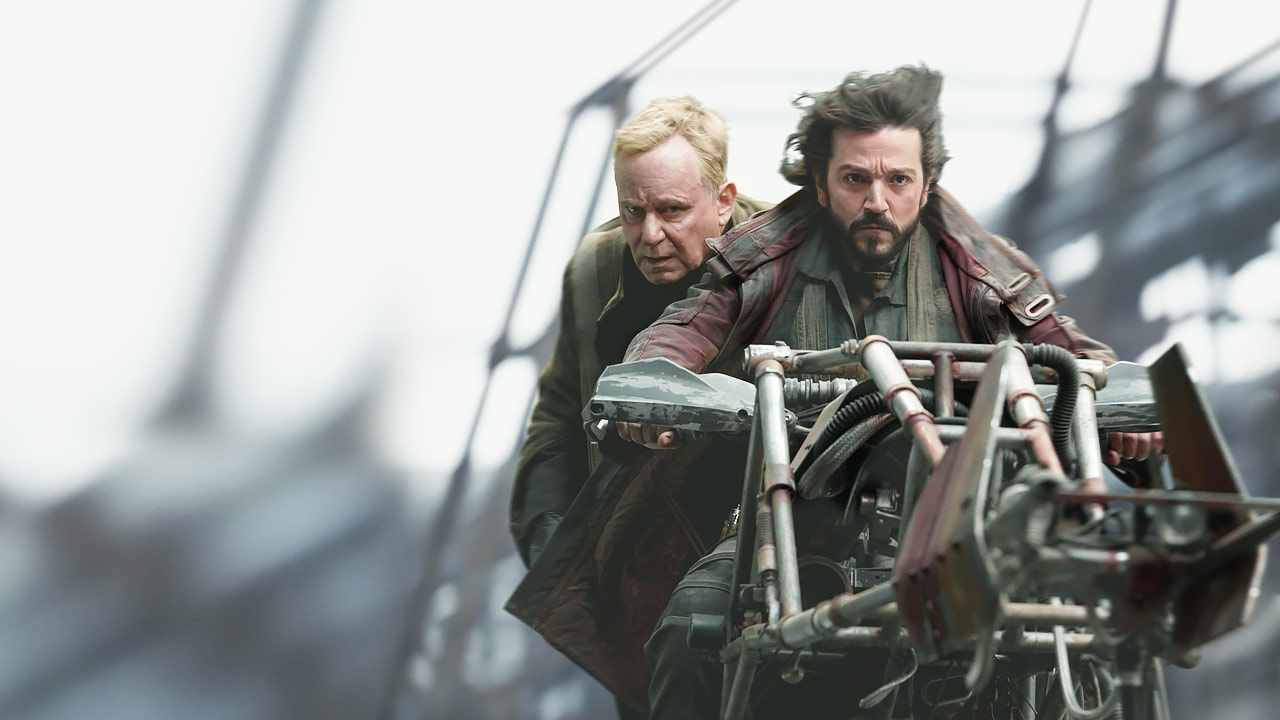
It’s also a show that feels refreshingly unburdened by the demands of fan service. Yes, this is a prequel to a prequel, and we’re due appearances from Genevieve O’Reilly’s Mon Mothma and Forest Whitaker’s Saw Gerrera—both already known from Rogue One. But audiences have been warned of these links well ahead of time, and no one’s approaching each week with bated breath, spinning the mental wheel to decide what amorphous alien blob may turn up. Andor is Christmas dinner: rich and nourishing, as opposed to the short-lived rush of tearing your presents open (The Mandalorian’s CGI Luke Skywalker, in this scenario, is yet another pair of socks).
But the real sophistication of Andor is buried far deeper in its text, stemming from the same places that made the original trilogy—even with its deadly teddy bears—feel like such a potent piece of storytelling. If there’s something truly “new” about Andor , it’s perhaps the way it expands Star Wars’ portrait of oppression to include the vital, and terribly frightening, role of corporate power in the enforcement of fascism. The first villains that Luna’s Cassian faces aren’t Stormtroopers, but the “corporate tactical forces” of the Pre-Mor Authority, led in part by Kyle Soller’s Syril Karn.
Throughout the first three episodes, Syril’s ideological fervour is contrasted with the general malaise of his co-workers. His boss is quick to brush over the death of a few fellow officers (by Cassian’s hand), because it may attract the unwanted attention of the Empire to Pre-Mor’s daily practices. They were caught at a brothel that shouldn’t exist, spending money they shouldn’t have acquired. It doesn’t really matter, in the end. Even the least enthusiastic underling, working for their paycheck, still serves to oppress the workers of this planet.
When combined with the occasional flashback to Cassian’s childhood—spent amongst a group of orphaned children, the last Indigenous people of a world poisoned by a mining enterprise—it’s hard not to see the links to our own world history. Especially with the Mexican Luna in the lead, it’s clear the show’s creator, Tony Gilroy, is carving a direct line between Andor’s world and the US-backed coups of Latin America, often conducted to benefit the interests of private companies.
Luna himself lends a necessary sincerity to Cassian. We’ve seen this kind of womanising hero before, but here we get Han Solo rendered as flesh-and-blood revolutionary, forced into the fight for freedom if only to secure his own survival. Andor is the reality of rebellion laid across a familiar fantasy, sci-fi world. As Fiona Shaw’s fearsome matriarch Maarva warns: “That’s what a reckoning sounds like.”








